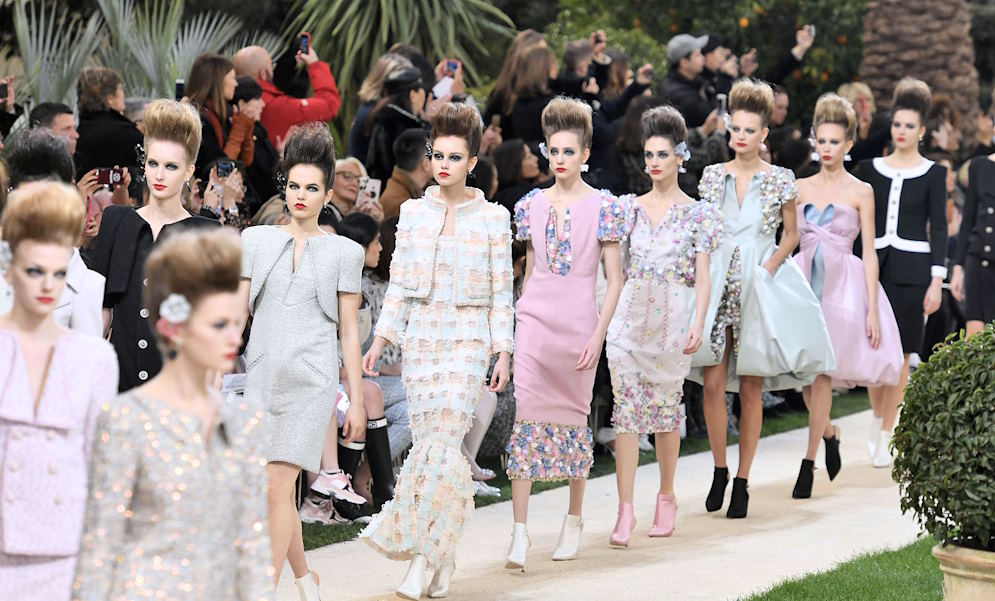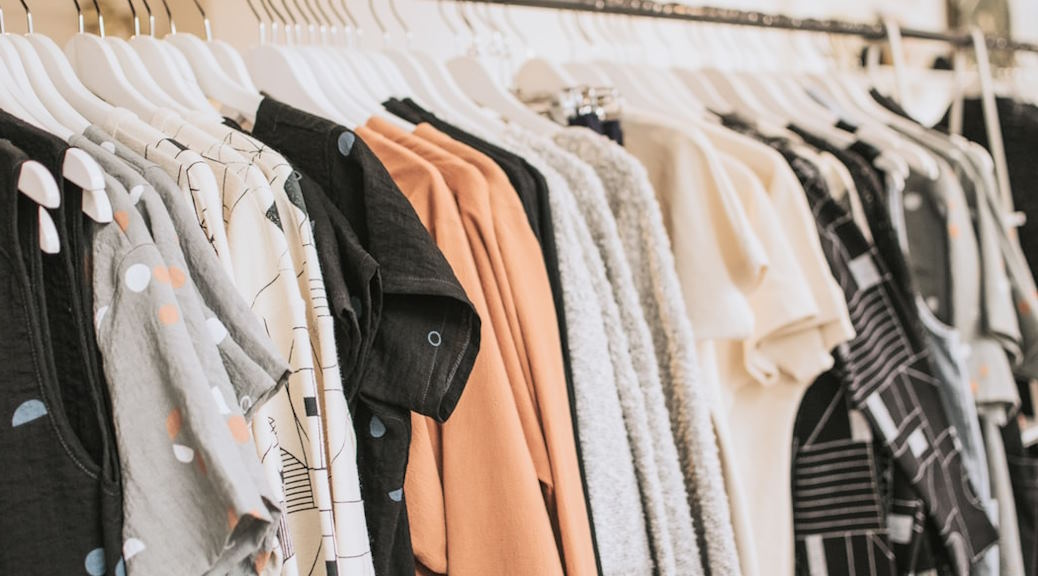Fashion has long been an integral part of human culture, serving as a means of self-expression, identity, and creativity. Within the vast realm of fashion, two distinct categories stand out: couture and ready-to-wear. These categories encapsulate not only different design philosophies but also distinct consumer experiences. In this article, we delve into the world of couture and ready-to-wear fashion, exploring the nuances that set them apart and the impact they have on the ever-evolving fashion industry.
Couture Fashion: The Epitome of Luxury
Couture fashion represents the pinnacle of luxury in the fashion world. The term “couture” originates from the French word for sewing, reflecting the handcrafted excellence that defines this genre. Couture garments are meticulously created by skilled artisans, embodying unparalleled attention to detail. Each piece is a work of art, reflecting the designer’s vision and the client’s desires. The exclusive nature of couture lies in its highly personalized approach, making it a privilege reserved for the elite. Not only does couture dictate fashion trends, but it also serves as a source of inspiration for ready-to-wear collections. Prominent couture fashion houses like Chanel, Dior, and Givenchy continue to define the luxury landscape.

Ready-to-Wear Fashion: Fashion for the Masses
Ready-to-wear fashion emerged in response to the growing demand for accessible and affordable clothing. This category, also known as “prêt-à-porter,” emphasizes efficiency and mass production. Unlike couture, ready-to-wear garments are designed for a wider audience, with standardized sizing and fit considerations. This democratization of fashion ensures that style and practicality can be enjoyed by a larger population. Ready-to-wear collections are influenced by current trends and are often the bridge between high fashion and everyday wear. As fashion becomes an integral part of our daily lives, ready-to-wear collections cater to the needs and aspirations of the masses.
Materials and Techniques: Intricacy vs. Efficiency
Couture garments showcase intricate handwork, from hand-embroidery and beading to appliqué. The use of luxurious fabrics and rare materials contributes to the opulence of couture pieces. Ready-to-wear, on the other hand, relies on machine-based production methods to meet the demands of mass production. The emphasis here is on cost-effective materials and efficient techniques that allow for larger quantities to be produced in less time.
Price and Accessibility: Exclusivity vs. Inclusivity
Couture’s exclusivity comes at a price; the craftsmanship and individual attention invested in each piece translate to high costs. This exclusivity limits the clientele to those who can afford these luxury items. Ready-to-wear, with its efficient production and economies of scale, offers more affordable options, making fashion trends accessible to a broader range of consumers.

Impact on Fashion Industry and Trends
Couture’s influence on high fashion cannot be understated. It shapes runway trends, setting the tone for what’s to come in the world of fashion. These trends trickle down to ready-to-wear collections, allowing the masses to partake in the latest styles. Ready-to-wear’s quick dissemination of trends ensures that consumers can stay fashionable without having to wait for a bespoke creation.
The Changing Landscape: Blurring the Lines
The fashion landscape is evolving, blurring the lines between couture and ready-to-wear. Luxury ready-to-wear lines are emerging, offering elevated designs with a touch of exclusivity. Customization options in ready-to-wear are becoming more common, allowing consumers to personalize their outfits without the couture price tag. Hybrid fashion shows and presentations are also bridging the gap between these two categories, reflecting the changing preferences of modern consumers.
